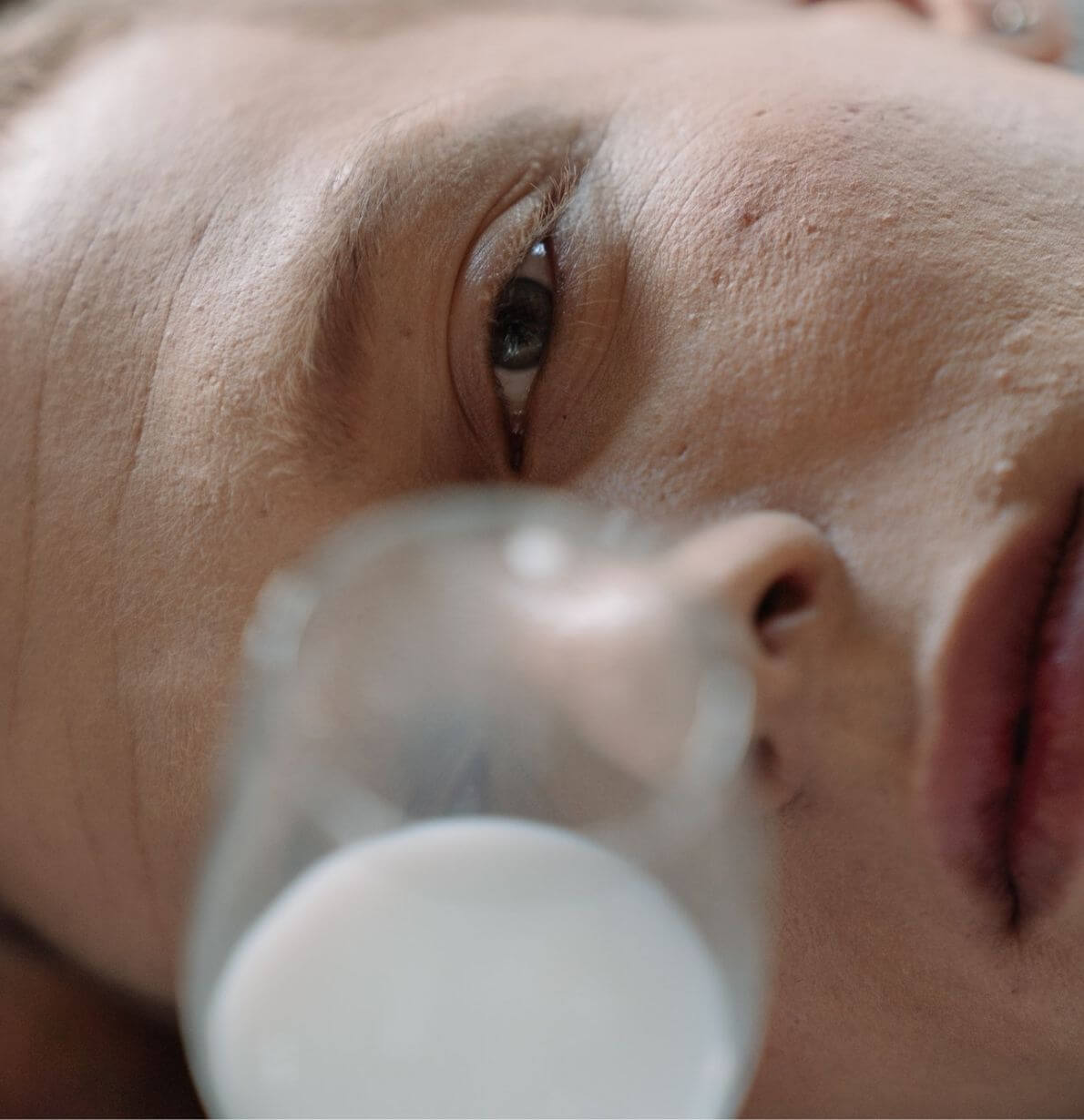ALCOHOL
ALCOHOL



If your alcohol use is more than 14 units per week, it is possible that your mental and body health will suffer in the future.
Doctors have discovered that alcohol can for example cause many forms of cancer, like in the mouth, esophagus (the pipe that connects the mouth to the stomach), stomach, colon, rectum (Bagnardi et al., 2001), and breast (Collaborative Group on Hormonal Factors in Breast Cancer, 2002). High-alcohol use can also cause strokes (Falkstedt et al., 2017), heart diseases (Jankhotkaew et al., 2020), liver diseases (Singal & Anand, 2013) including cancer (Méndez-Sánchez et al., 2020), and it hurts your brain and nerves (Welch, 2017).
Also, drinking too much can cause mental health problems (such as depression), and if you already suffer from mental health issues, alcohol makes them even bigger (Tembo et al., 2017).
In other words, if you drink less, you also have less risks for your health.
The following link will bring you to a quick and easy questionnaire about your drinking habits. It is called AUDIT-test and it was created by the World Health Organisation (WHO). In the questionnaire, no data about yourself (such as name or date of birth) will be taken.
This questionnaire is good to self-assess your drinking habits and it is available in Finnish, Swedish, English, and Russian. Once you have completed it, the results will be explained to you.
At SAMHA ry we work to help people affected by addictions and dependencies by listening to them and their situation, and assisting them in finding the best way forward. If they wish, we can help them find the right center to receive medical support and counselling.
If you need help don’t hesitate to contact us right away. We are available Monday-Thursday 10-17.00 for an appointment, reserve your spot today.
Remember: it can, and will get better, the first step is yours.
REFERENCES
Collaborative Group on Hormonal Factors in Breast Cancer. (2002). Alcohol, tobacco and breast cancer – collaborative reanalysis of individual data from 53 epidemiological studies, including 58 515 women with breast cancer and 95 067 women without the disease. British Journal of Cancer, 87(11), 1234–1245. https://doi.org/10.1038/sj.bjc.6600596
Falkstedt, D., Wolff, V., Allebeck, P., Hemmingsson, T., & Danielsson, A.-K. (2017). Cannabis, Tobacco, Alcohol Use, and the Risk of Early Stroke: A Population-Based Cohort Study of 45 000 Swedish Men. Stroke, 48(2), 265–270. https://doi.org/10.1161/STROKEAHA.116.015565
Jankhotkaew, J., Bundhamcharoen, K., Suphanchaimat, R., Waleewong, O., Chaiyasong, S., Markchang, K., Wongworachate, C., Vathesatogkit, P., & Sritara, P. (2020). Associations between alcohol consumption trajectory and deaths due to cancer, cardiovascular diseases and all-cause mortality: A 30-year follow-up cohort study in Thailand. BMJ Open, 10(12), e038198. https://doi.org/10.1136/bmjopen-2020-038198
Méndez-Sánchez, N., Valencia-Rodriguez, A., Vera-Barajas, A., Abenavoli, L., Scarpellini, E., Ponciano-Rodriguez, G., & Wang, D. Q.-H. (2020). The mechanism of dysbiosis in alcoholic liver disease leading to liver cancer. Hepatoma Research, 6. https://doi.org/10.20517/2394-5079.2019.29
National Health Services UK. (2018, April 13). Alcohol units. NHS. https://www.nhs.uk/live-well/alcohol-support/calculating-alcohol-units/#:~:text=To%20keep%20health%20risks%20from,as%2014%20units%20a%20week. Accessed on the 9th of June 2021.
Rocco, A., Compare, D., Angrisani, D., Sanduzzi Zamparelli, M., & Nardone, G. (2014). Alcoholic disease: Liver and beyond. World Journal of Gastroenterology : WJG, 20(40), 14652–14659. https://doi.org/10.3748/wjg.v20.i40.14652
Singal, A. K., & Anand, B. S. (2013). Recent trends in the epidemiology of alcoholic liver disease. Clinical Liver Disease, 2(2), 53–56. https://doi.org/10.1002/cld.168
Tembo, C., Burns, S., & Kalembo, F. (2017). The association between levels of alcohol consumption and mental health problems and academic performance among young university students. PLOS ONE, 12(6), e0178142. https://doi.org/10.1371/journal.pone.0178142









